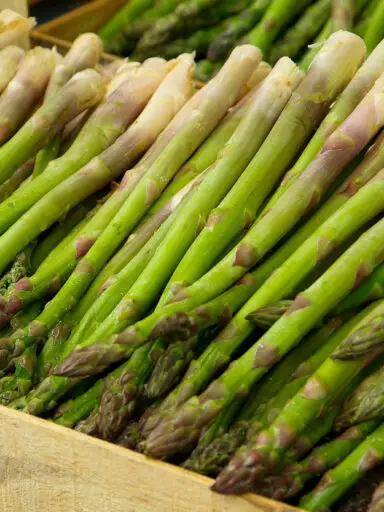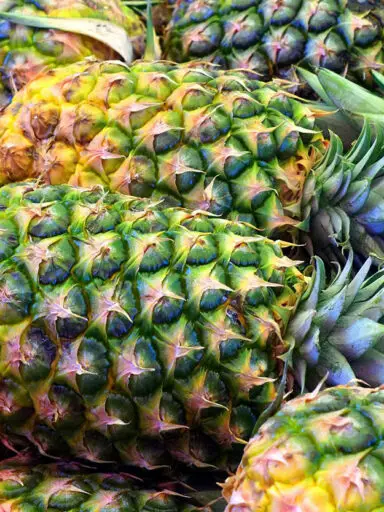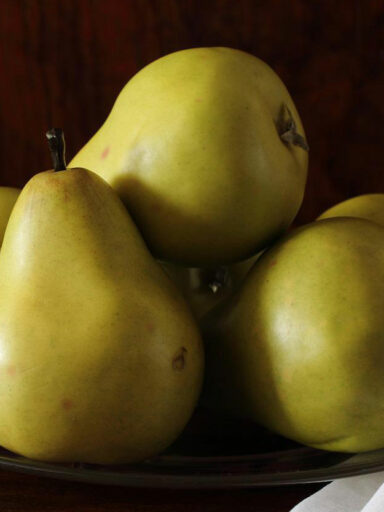Cinnamon is an exotic spice that has had significance through the ages. It has been treasured for its sweet fragrance and medicinal and culinary properties. It is obtained from the inner brown bark of Cinnamomum trees and dried.
The dried rolls which take on that tubular shape naturally are known commercially as “quill”. The cinnamon tree is an evergreen bushy tree that originates from Sri Lanka. That variety is known as true cinnamon. Other varieties are found in India, China, Arabia, and Ethiopia.
It is cultivated by growing the tree for two years and then cutting the stem at the base to get it to form several shoots. The spice is processed by scraping off the bark when still wet shortly after the stems have been cut off. The inner bark is then used and dried into quills.
In the market, it is available in these quills, stripped into sticks, or ground into powder. Good quality spice has a strong sweet aroma that can be smelled from within the immediate vicinity. The spice should be stored in airtight containers in a cool and dark place. The ground powder should be stored in a refrigerator in an airtight container. The powder loses flavor more readily than the sticks during storage.
Uses of Cinnamon in Cooking Recipes
In cooking Cinnamon is preferably ground just before use in food to preserve the flavor as much as possible. It is used as a condiment and flavoring base in cooking recipes. It is used in many kinds of desserts most notably apple pie, chocolate desserts, cinnamon buns, hot beverages, pancakes, liqueur, and more.
In savory dishes, it is found in Chinese, Indian, and other Asian cooking and is an ingredient in Masala powder. You will also find it used in Biriyani rice dishes. It is also used to flavor breakfast cereal together with sugar. It is also popularly used to flavor alcoholic beverages like whiskey and brandy.
Nutritional Benefits
The spice is known to have strong anti-oxidant (of all known foods), and anti-diabetic and antiseptic properties. It also contains warming and soothing, local anesthetic, anti-inflammatory, carminative and anti-flatulent properties.
It contains the essential oil eugenol. It contains vast amounts of vitamin E. Also present is vitamin A and vitamin K. n lesser amounts there is vitamin C. B-complex vitamins are also present in this spice including niacin, pantothenic acid, and pyridoxine.
Cinnamon is very rich in manganese. Minerals such as copper, iron, and calcium are also plenty in this plant. magnesium, zinc, and phosphorus are also got from this aromatic spice.



